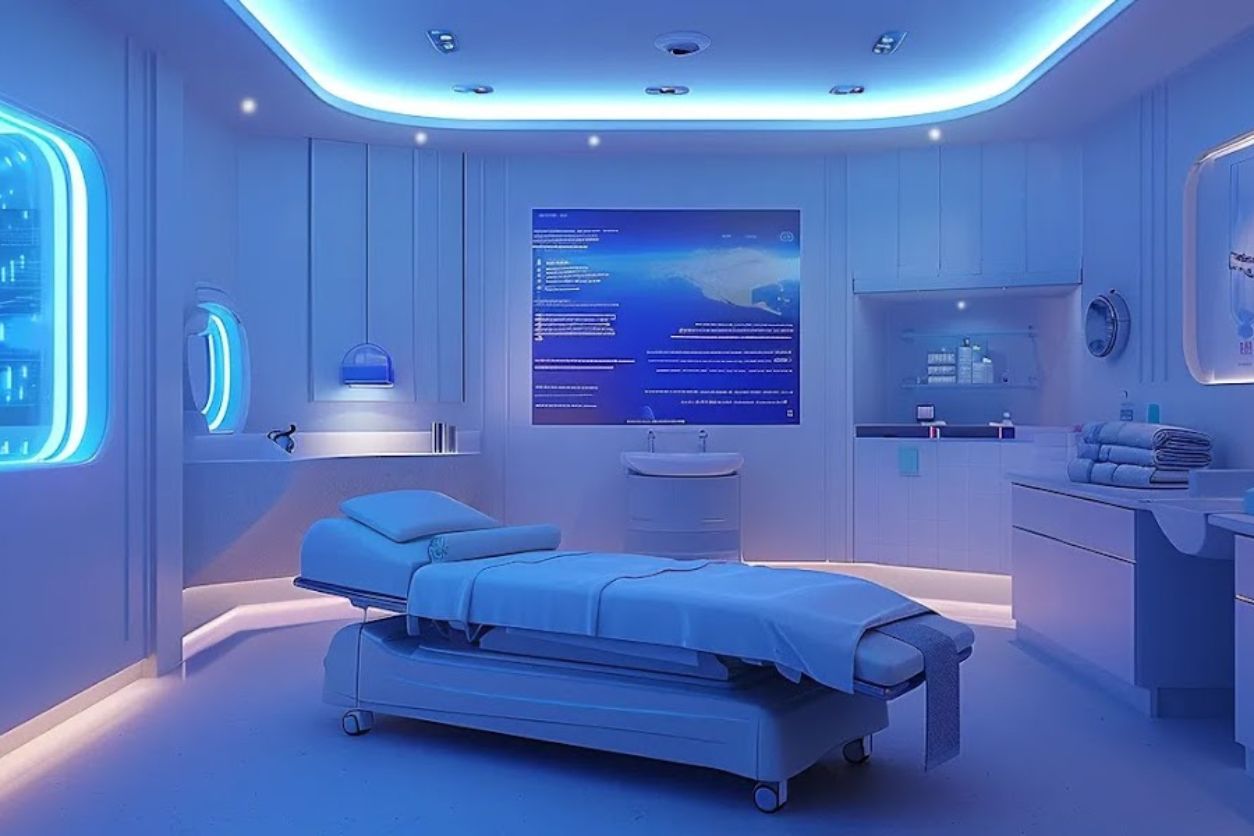3. They’re often more affordable.
Surgical fat reduction treatments can be more expensive because they require general anesthesia. Non-surgical body contouring procedures don’t require general anesthesia or surgical center fees, so you can get results without taking a big chunk out of your budget.
4. Results are visible within weeks.
Results can include tighter skin, less visible cellulite, reduction in body inches, and more. Plus, most patients feel as though they can fit more comfortably in their favorite pair of pants or dresses.
Health and Wellness Benefits Beyond Aesthetics
Non-surgical body contouring offers more than just cosmetic improvements. These treatments can also provide significant health and wellness benefits.
For many patients, reducing excess fat can lead to improved physical comfort. For instance, less fat in certain areas can decrease chafing and make clothing fit better. This leads to a more comfortable daily life.
Muscle-sculpting treatments, like Emsculpt, do more than just enhance muscle definition. They can also improve posture by strengthening core muscles. Better posture reduces the risk of musculoskeletal issues, making everyday activities easier and less painful.
Skin-tightening treatments can also promote healthier skin. Procedures like truSculpt ID not only reduce fat but also stimulate collagen production. This helps to firm the skin, reduce the appearance of scars, and improve overall skin texture.
By addressing these issues, non-surgical body contouring contributes to overall well-being, making patients feel better physically, not just look better.
Comparison to Surgical Options
When considering body contouring, it’s important to compare non-surgical options with traditional surgical methods. Both have their place, but they offer different benefits and drawbacks.
Surgical Procedures
Surgical procedures, such as liposuction or tummy tucks, often deliver more dramatic results. These methods involve removing fat and excess skin through invasive techniques. While effective, they come with significant risks, including anesthesia complications, scarring, and a longer recovery period.
Non-Surgical Options
Non-surgical body contouring treatments offer a less invasive approach. These procedures use techniques like controlled cooling, radiofrequency, or electromagnetic energy to target and reduce fat. The major benefits include minimal risks, no need for anesthesia, and little to no downtime. Patients can typically return to their normal activities immediately after the procedure.
However, non-surgical methods may require multiple sessions to achieve desired results, and the outcomes, while noticeable, might be less dramatic compared to surgical options.
For many patients, the choice between surgical and non-surgical options comes down to weighing the importance of recovery time, potential risks, and the level of improvement desired.
Expected Outcomes and Realistic Expectations
Understanding the timeline and results of non-surgical body contouring is crucial for setting realistic expectations.
Timeline for Results
After undergoing a non-surgical body contouring procedure, initial results may start to appear within a few weeks. However, full results typically develop over several months as the body continues to process and eliminate fat cells. For example, with treatments like Emsculpt or truSculpt ID, you may notice changes as soon as 3-4 weeks, but the best results usually take about 12 weeks to fully manifest.
Permanence of Results
One of the key benefits of non-surgical treatments is that the results can be long-lasting, especially if you maintain a stable weight. Once fat cells are destroyed, they do not regenerate. However, it’s important to note that remaining fat cells can still enlarge if you gain weight. Therefore, maintaining a healthy lifestyle is essential to preserving the outcomes.
Realistic Expectations
While these treatments can significantly improve body contours, it’s important to have realistic expectations. Non-surgical body contouring can help reduce fat and tighten the skin, but it won’t replace the more dramatic changes possible with surgery. Patients should understand that these treatments are designed to enhance their existing body shape, not completely transform it.
This approach ensures that patients are satisfied with their results and understand the gradual nature of the improvements.
Risks and Considerations
While non-surgical body contouring is generally safe, it’s essential to be aware of the potential risks and considerations before undergoing treatment.
Potential Side Effects
Non-surgical treatments, like CoolSculpting or laser therapy, can cause mild side effects. These may include redness, swelling, or bruising at the treatment site. Some patients might experience temporary discomfort or a tingling sensation during or after the procedure. These effects typically resolve on their own within a few days to a week.
Eligibility Criteria
Not everyone is an ideal candidate for non-surgical body contouring. Patients should have a body mass index (BMI) under 30 and be near their target weight. These treatments are designed for fat reduction and skin tightening in specific areas, not for overall weight loss. Additionally, individuals with certain medical conditions, such as severe skin disorders or uncontrolled diabetes, may need to avoid these procedures.
Consultation with a Physician
Before undergoing any non-surgical body contouring treatment, it’s important to have a thorough consultation with a qualified healthcare provider. During this consultation, the physician will review your medical history, discuss your goals, and determine the most appropriate treatment plan for your needs.
Understanding these risks and considerations helps ensure that patients make informed decisions about their body contouring options.








